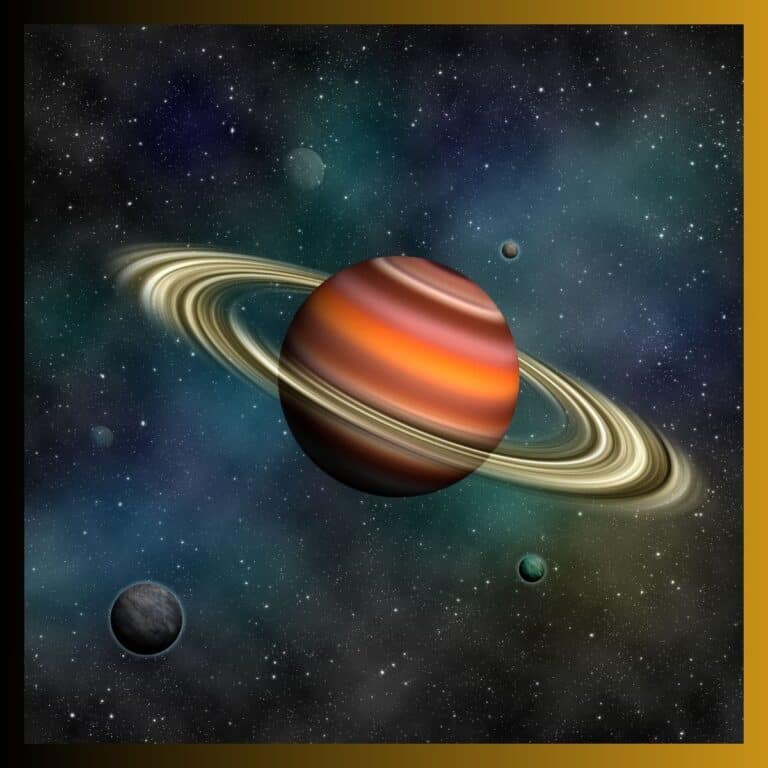Progressed Natal Chart: Unfolding Layers of Personal Evolution
In the realm of astrology, some tools gain more attention than others. Natal, transit, and synastry charts often take center stage in astrological discussions. However, there’s an unsung hero lurking in the wings – the progressed natal chart.
While it may not be as popular or widely understood, its insight into personal growth and evolution is enlightening. This dynamic chart reflects the intricate dance between the cosmos and our life’s journey, creating a celestial narrative of our inner changes and evolving selves.

Understanding the Progressed Natal Chart
In astrology, your natal chart is a snapshot of the sky at the exact moment you were born. It maps out the positions of the Sun, Moon, planets, and other celestial bodies, serving as an astrological blueprint of your personality, tendencies, and potential life events.
But we are not static beings. We grow, change, and evolve over time. This is where the concept of a progressed chart comes into play.
A progressed chart, also known as a “Secondary Progression,” represents the symbolic movement of planets and other celestial points from their positions at the time of your birth. The method primarily used to calculate this progression is a day-for-a-year formula, meaning that each day after birth correlates to one year of your life.
For instance, the chart for 30 days after birth would represent your life when you are 30.

The Influence of Progressed Planets
Each planet in your progressed chart symbolizes a specific type of energy or aspect of your life that is likely to change or evolve over time.
The Progressed Sun, which moves approximately one degree per year, signifies your evolving identity, purpose, and will. Changes in its sign or house can indicate significant shifts in life.
The Progressed Moon, moving more quickly than the Sun (about one house every 2.5 years), reflects your evolving emotions, instincts, and subconscious patterns.
Progressions of the other planets (Mercury, Venus, Mars, Jupiter, Saturn, Uranus, Neptune, and Pluto) are slower and less frequently considered, but they still provide nuanced information about various areas of your life.
Key Aspects of Progressed Natal Charts
Just like in your natal chart, the aspects between planets (conjunction, opposition, trine, square, sextile) in your progressed chart hold significant meaning. For example, a progressed Sun conjunct Venus might usher in a period of harmonious relationships and heightened creativity.
Moreover, aspects between a progressed planet and a natal planet are also insightful. If your progressed Venus forms a square with your natal Mars, it may indicate relationship tensions or a struggle between love and ambition.

Importance of the Progressed Chart
A progressed natal chart allows you to explore the unfolding of your life from a symbolic, astrological perspective. It offers insights into the phases of your life and reveals the potential for personal development.
It’s important to note, however, that while a progressed chart can provide valuable insights, it does not override the natal chart. Instead, it adds a layer of understanding, giving you a more nuanced view of your life journey.
Closing Thoughts
In conclusion, the progressed natal chart is a tool for understanding personal evolution and inner growth. By studying the changing positions of the planets and their relationships to your natal placements, you can gain insights into your evolving personality and potential life changes.
While the natal chart serves as your astrological DNA, the progressed chart captures your ongoing development and maturation. Together, they form a comprehensive narrative of your unique journey, echoing the ancient astrological wisdom that we are indeed a microcosm of the larger cosmos.





